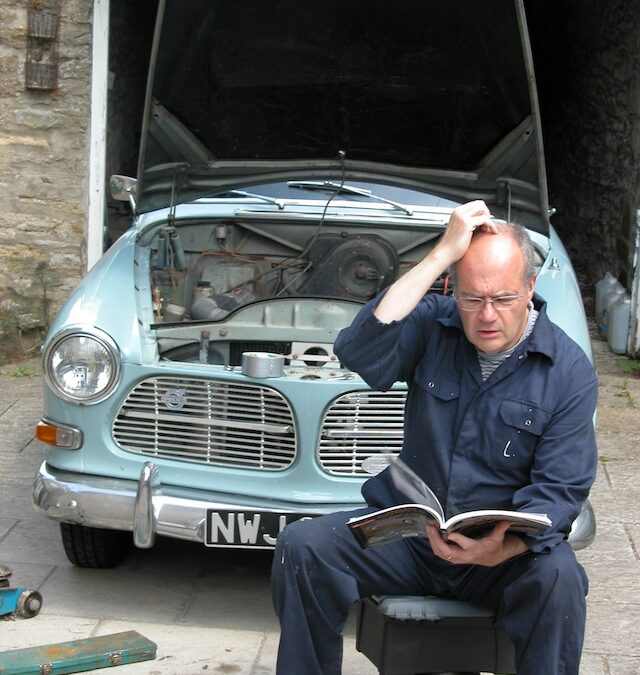SCR, AdBlue – if these terms mean anything to you, you’re probably involved in the truck industry or transport.
For the uninitiated, SCR stands for selective catalytic reduction of diesel exhaust gases and AdBlue is a urea-based additive, needed to ensure that SCR takes place.
If I’ve lost you up to this point, this all about emissions regulations and the technology used to ensure compliance. More specifically how Diesel engines will comply with the Euro-6 emissions regulations that come into full effect in September 2014. That may be almost a year away, but cars equipped with SCR are already arriving on the market. The point is that not only will drivers have to fill diesel tanks, but, just like truck drivers, who have been used to handling AdBlue, they will have to get used to filling another tank – with AdBlue – from time to time.
Euro-6 is the toughest, and most expensive emissions round yet, the latest in a series that began over 20 years ago. The objective has been to clean up diesel and petrol exhaust emissions of both toxic gases and noise. For Euro-6, the focus has been on reducing emissions of oxides of Nitrogen (NOx), which must be reduced by around 55 per cent, compared with the current Euro-5 emissions. NOx can cause respiratory problems and contributes to the formation of smog and acid rain.
Most manufacturers have been controlling NOx by using enhanced exhaust gas recirculation (EGR). Some manufacturers, notably Mercedes-Benz and the Volkswagen group have been using SCR on certain Euro 5 models already, such as the VW Sharan and SEAT Alhambra. EGR will still work with smaller engines and lighter cars, but for larger Euro-6 models, SCR will be needed, because the of the much lower levels of NOx required by the legislation.
For drivers, this will mean getting used to topping up a second small tank, which will hold around 10 litres of AdBlue liquid. Using the Vauxhall Zafira Tourer as an example, it will give a range of approximately 8,000 to 12,000 miles, depending on driving style, with consumption of between 0.5 to 1.0 lit/1,000km. For a Mercedes Sprinter van, that consumption is likely to be in the range of 3.0 – 3.5 lit/1,000km, around 5 per cent of fuel consumption.
It will be no good ignoring the warning light that will light up when the AdBlue reservoir heads towards empty. EU emissions regulations ensure that the engine will be progressively powered down as the tank runs dry, eventually preventing the engine from being re-started. Priced at around 70p to 80p per litre, it won’t add much to running costs, but there will be a price. Expect to see fuel stations stocking the liquid, or like trucks, for pump dispensers to appear next to diesel pumps on forecourts. And since the technology is expensive, expect to pay more when you buy a Euro-6 diesel model.
The good news is that the EU is likely to turn its attention to reducing CO2 emissions in future, improving fuel consumption into the bargain.

